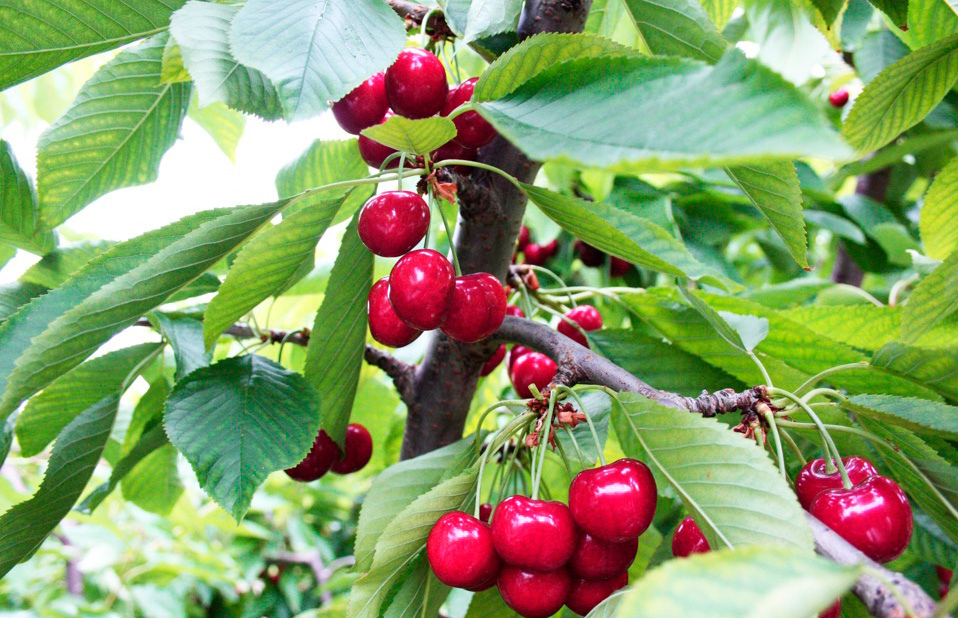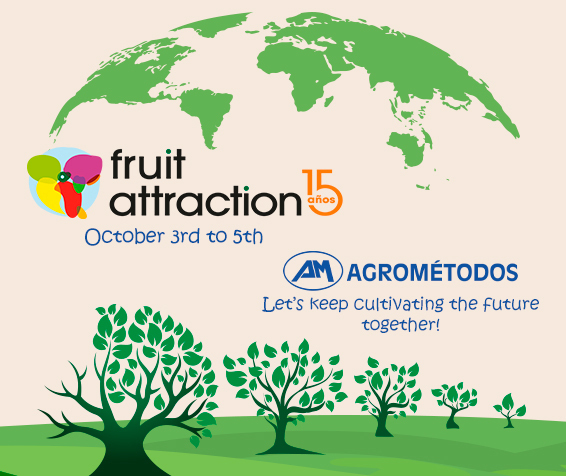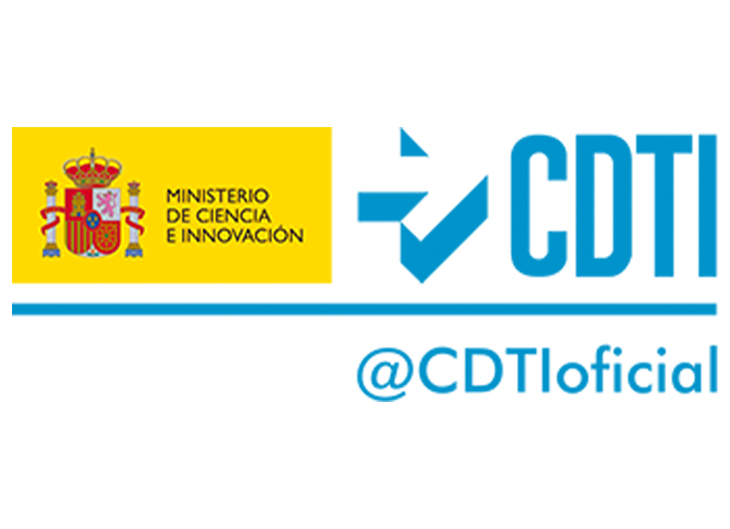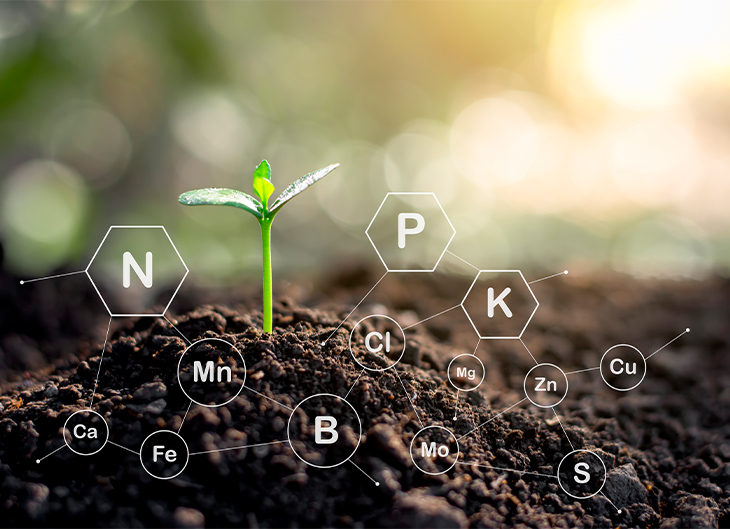
Amendments to the EU Regulation laying down provisions concerning the making available on the market of EU fertilising products
On 8 October, Commission Delegated Regulation (EU) 2021/1768 of 23 June 2021 amending, in order to adapt them to technical progress, Annexes I, II, III and IV to Regulation (EU) 2019/1009 of the European Parliament and of the Council laying down provisions on the making available on the market of fertilising products was published in the Official Journal of the European Union EU.
This Regulation shall enter into force on 28 October 2021 and shall apply from 16 July 2022.
These modifications are necessary to:
1st. facilitate access to the internal market and the free movement of safe and agronomically efficient fertilising products.
2nd. ensure that EU fertilising products having access to the internal market under that Regulation do not present any risk to health, safety or the environment.
3rd. to prevent significant categories of fertilising products from being unintentionally excluded from the harmonisation rules.
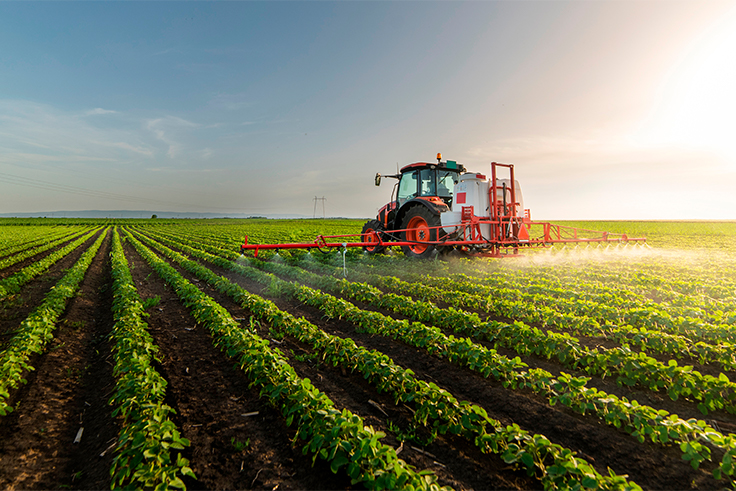
The main modifications, among others, are:
- • The manufacturer is required to inform the end-user whenever the EU fertilising product contains any component material which, if placed on the market as food or feed, exceeds the maximum limits or levels laid down in Regulations (EC) No 470/2009 or (EC) No 396/2005, in accordance with Regulation (EEC) No 315/93, or Directive 2002/32/EC.
- • An EU fertilising product may contain residues of a pharmacologically active substance within the meaning of Regulation (EC) No 470/2009 (on residue limits of pharmacologically active substances in food of animal origin), if that substance:
- • or is listed in Table 1 of the Annex to Commission Regulation (EU) No 37/2010.
- •or has a reference value established in accordance with Regulation (EU) 2019/1871, and the substance or its residues are present in the EU fertilising product at a level below that reference value.
- • Any EU fertilising product containing an active substance must not have a phytosanitary function within the meaning of Regulation (EC) No 1107/2009.
- • Access to the internal market should be allowed to:
- • or micronutrient fertilisers in the form of salt, eliminating the requirement of hydrosolubility.
- • or other micronutrients that are UVCB chelates (substance of unknown or variable composition, complex reaction products and biological materials).
- • The limit value for nickel set out in Annex I to Regulation (EU) 2019/1009 should apply only to the bioavailable content in the case of mineral growing substrates. This standard should only apply when the use of such products is limited to professional uses in horticulture, roofs or green walls.
- • Fertilising products, in particular fertilisers, often contain polymer-based technical additives, which are important for ensuring their efficiency and safety of use. In this sense, polymers that do not pose any environmental problems should be included among the component materials allowed in the fertilising products referred to in Regulation (EU) 2019/1009.
- • Micronutrient fertilisers may contain chelating or complexing agents, which are substances intended to increase the long-term availability of micronutrients to plants.
- • Plant fibres could be used to partially replace peat in growing substrates. However, to increase the potential of untreated plant fibres, these must be transformed into finer particle fibres, as this improves their degree of biodegradability, their interaction with nutrients and water retention.
- • In order to enable the manufacturer to comply with the labelling requirement, it is permitted on the label of a solid inorganic macronutrient fertiliser to use a combination of forms of description of the physical unit (powder, granules, beads and pellets)
- • The total chromium content should be calculated in reference to dry matter.
All amendments are set out in Delegated Regulation (EU) 2021/1768.

